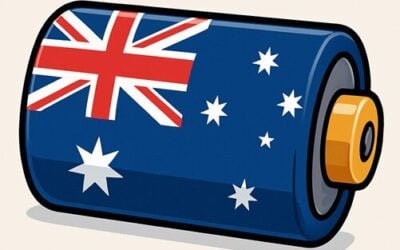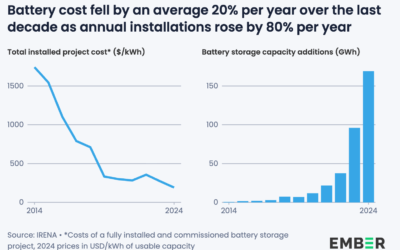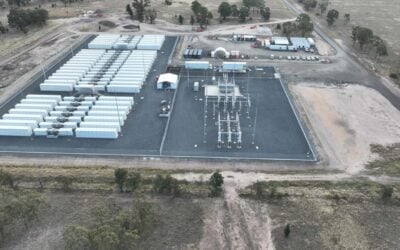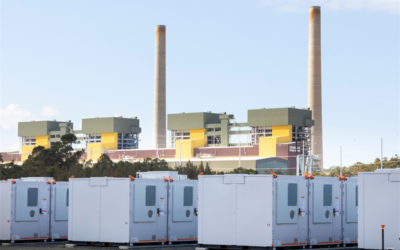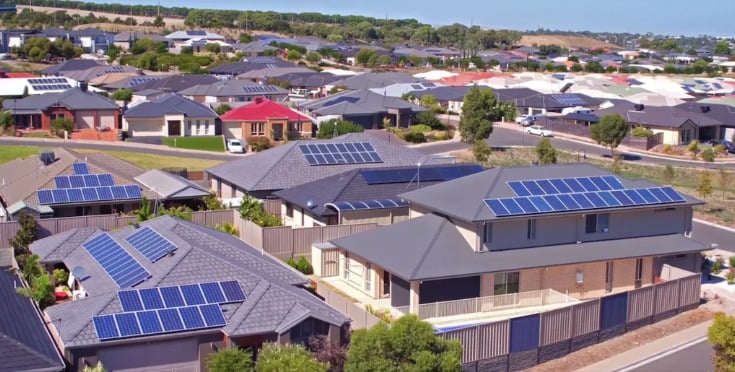
The Australian Energy Market Operator (AEMO) has published its 2024 Integrated System Plan (ISP) providing an updated 30-year roadmap for the transition of the National Electricity Market (NEM).
Modelling what will be required to meet future energy needs and demands by 2050 and the 82% renewables target by 2030, AEMO has projected that grid-scale wind and solar in Australia will see a six-fold increase to 127GW, whereas distributed solar PV will increase four-fold to 86GW by the middle of this Century.
AEMO sought the thoughts, input, and review of more than 2,100 stakeholders representing government, industry, consumer, and community perspectives. AEMO CEO Daniel Westerman revealed this was a “record number of stakeholders”.
The 92-page 2024 edition of the ISP’s ‘Optimal Development Path’—the lowest-cost path to net zero for Australia—signals that the transition will have an annualised capital cost of AU$122 billion (US$86 billion) by 2050 and focuses on the new grid-scale generation, firming, storage, and transmission needed in the NEM.
Try Premium for just $1
- Full premium access for the first month at only $1
- Converts to an annual rate after 30 days unless cancelled
- Cancel anytime during the trial period
Premium Benefits
- Expert industry analysis and interviews
- Digital access to PV Tech Power journal
- Exclusive event discounts
Or get the full Premium subscription right away
Or continue reading this article for free
In addition to the shift from coal to firm renewables and low-emission sources, the NEM will “triple its capacity to meet future demand and facilitate a two-way flow of electricity across the networks”, the report read. This would help connect new renewable energy generation with consumption to soar to 313TWh by 2050.
Firming capacity, including energy storage, will need to quadruple by 2050 under AEMO’s ‘Step Change’ scenario, which is considered the most likely among forecasted projections and has been adopted for system planning purposes.
Sources alternative to coal that can respond to a dispatch signal include grid-scale battery energy storage system (BESS) technologies, pumped hydro energy storage (PHES), aggregated resources such as virtual power plants (VPPs) and gas-fired power plants.
According to AEMO, 49GW/646GWh of dispatchable energy storage will be needed by the mid-Century point, along with 15GW of flexible gas generation.
At present, AEMO said, 3.7GW/10.8GWh of energy storage has progressed sufficiently to be anticipated to be added to the NEM to be included in its assumptions for the ISP in all scenarios.
In the previous edition of the ISP, published in 2022, AEMO had anticipated a need for 46GW/640GWh of dispatchable energy storage alongside 10GW of gas-fired peak loads.
At the Energy Storage Summit Australia 2024 held in Sydney last month, Stephanie Bashir, CEO of consultancy Nexa Advisory told Energy-Storage.news that the 2022 ISP’s ‘Step Change’ scenario had been too conservative.
While it would enable the required phaseout of coal-fired thermal plants and meet the reliability standards for electricity supply, it would not propel Australia to the international ‘energy superpower’ status that it should be aiming for, Bashir said.
To read the original version of this story, with more focus on the roles of rooftop solar and transmission investments, visit PV Tech.
Additional reporting for Energy-Storage.news by Andy Colthorpe.


